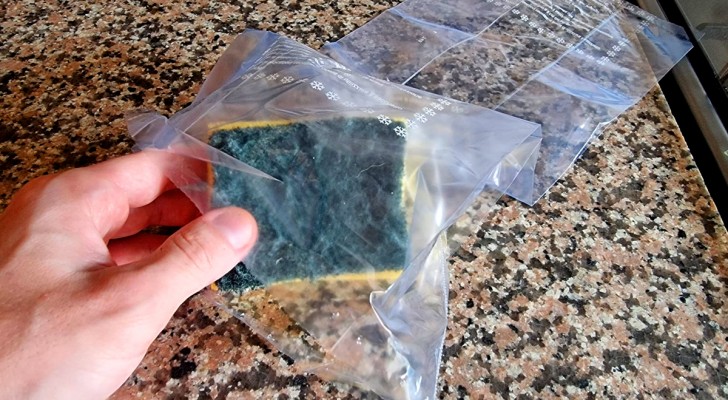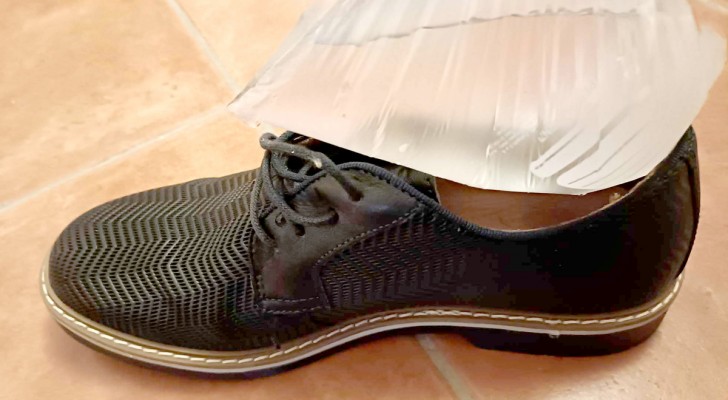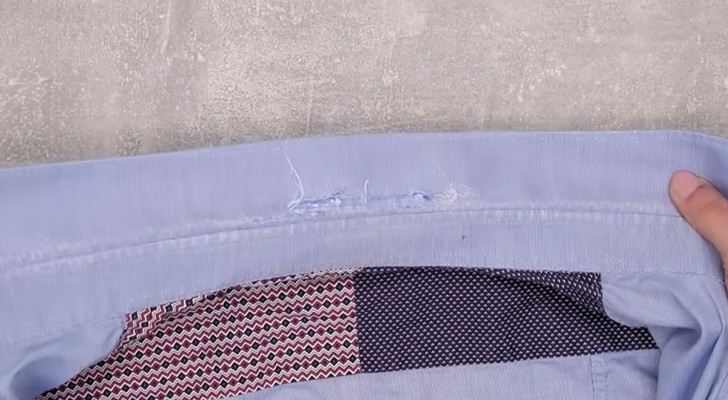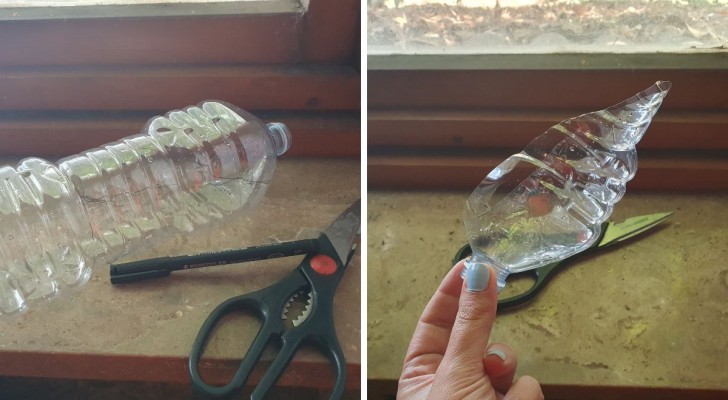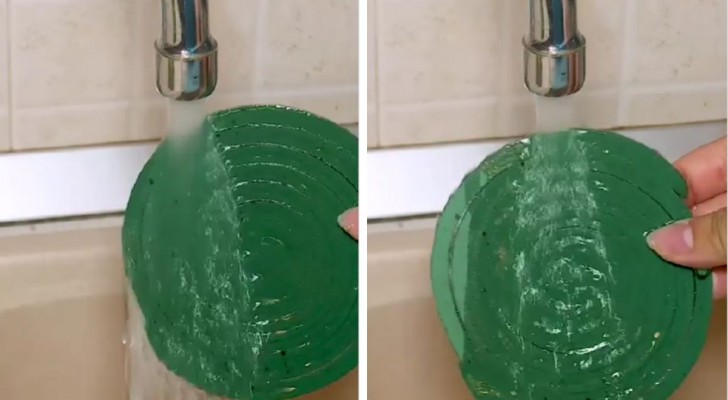Ready to enjoy the garden in good weather? Discover how to clean plastic garden furniture
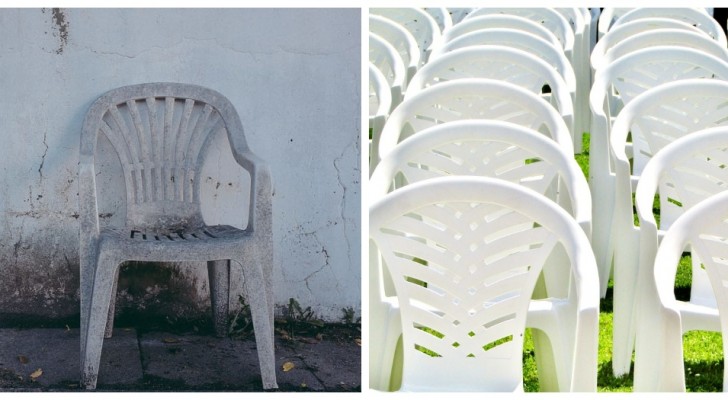
Spring makes you want to go back to spending afternoons and evenings in the open air. When the time arrives, we might want to take full advantage of our gardens, porches, balconies and terraces - especially after having endured the months of winter cold stuck inside. During the inclement period we may have kept plastic (or resin) chairs, tables and sunbeds outdoors: although the weather does not damage this material as it does to wooden garden furniture, they will certainly not be in optimal condition.
Rain and wind-blown dirt accumulates and leave dark or yellowish stains depending on the environment, and sometimes even when most of the dirt is removed, some stains remain visible. Here are some useful methods to make your garden furniture look like new again:
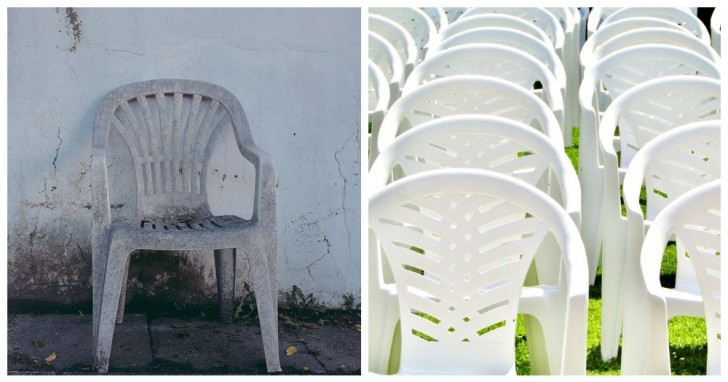
- If the dirt is not too stubborn, using just water (preferably hot water) and soap will suffice: you can use the soap typically used for washing dishes - even just a couple of drops, or a handful of Marseille soap or similar will be enough.
- When you want to clean a dirt deposit that seems a little harder to remove, you can try using an abrasive powder such as bicarbonate, which you can mix with water or hydrogen peroxide to create a paste to be rubbed on the deposit with a sponge.
- Alternatively to using baking soda, you can use citric acid together with water to create a similar paste.
- Lemon juice is also useful for this cleaning process: squeeze out the juice of one or two lemons (depending on how many pieces of furniture you have to clean) and dilute with water in equal parts - it is not a problem, however, to use it in more concentrated solutions. Again, scrub the problem area vigorously with a sponge (non-abrasive) and then rinse off very well.
- In a similar way you can use white vinegar, but in different proportions: you will need two tablespoons in a liter of hot water.
- For the most difficult cases, and when it is necessary to restore a blackened piece of furniture (usually caused by mold), you can use either some of the cream detergents that are also used in the kitchen, or (obviously equipped with rubber gloves) use a steel wool sponge that you will need to dip in a cup of liquid bleach. Warning: this method is aggressive and scratches the surface, so it effectively strips the plastic of its protective, glossy coating, making it more porous. This method will certainly return the furniture to being white again, but then it will also get dirty again faster. It is therefore advisable to buy a product (generally they come in spray form) that serves to create a transparent, protective film, to be used once you have cleaned everything and the furniture is completely dry.
Great job!

